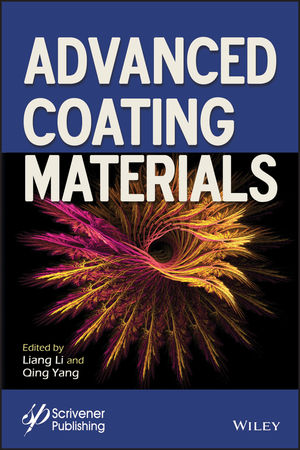Emerging Technologies
University of Houston Researcher Develops Nanoparticle Coating for Solar Panels

HOUSTON - A University of Houston (UH) researcher has developed a nanoparticle coating for solar panels that makes it easier to keep the panels clean, which helps maintain their efficiency and reduces the maintenance and operations costs.
The patent-pending coating developed by physics professor Seamus “Shay” Curran, Director of UH’s Institute for NanoEnergy, has successfully undergone testing at the Dublin Institute for Technology and will undergo field trials being conducted by an engineering firm in North Carolina.
Curran said the June testing in Ireland and the field trials being done at Livingston & Haven in Charlotte, NC, represent significant steps forward in moving the coating and a related technology to the marketplace. A demonstration of the coating was conducted Friday, August 10, at Livingston & Haven.
The Self-Cleaning Nano Hydrophobic (SCNH107TM) layer has been licensed by C-Voltaics from UH. C-Voltaics, a start-up energy company dedicated to the generation of more practical clean energy for use in off-grid and on-grid applications, will oversee marketing of the coating and a “Storm Cell,” a transportable energy generator with unique patent-pending designs and engineering aspects that was also developed by Curran at UH.
Solar panels need to have a clean surface to efficiently gather light from the sun, but they are often soiled by dust, pollen, water and other particles. Curran’s coating acts as a barrier protection against these pollutants.
The nano-thin coating repels dust, pollen, water and other particles without hindering the solar panel’s ability to absorb sunlight. The coating can maintain this ideal hydrophobic surface for years, reducing overall maintenance.
“A dirty solar panel can reduce its power capabilities by up to 30 percent,” Curran said. “The coating essentially makes the panel self-cleaning.”
While the coating is designed for use on solar panels, Curran believes it could also have widespread applications as an anti-corrosive coating for other materials.
UH is a shareholder in C-Voltaics, which focuses on using technology to alleviate the significant costs of solar energy service and maintenance, which are key issues in solar energy generation and storage.
“This is where you see the university transitioning a technology from the lab to the community and making an economic impact,” Curran said.
Curran developed the coating in conjunction with his work on building a transportable, off-grid solar-powered generator for residential and commercial use.
Looking for a reprint of this article?
From high-res PDFs to custom plaques, order your copy today!







